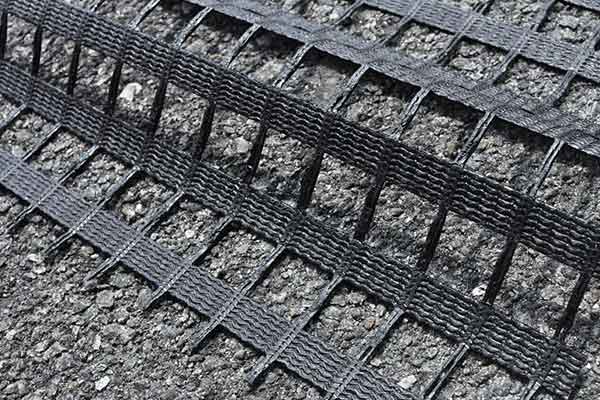What is Geogrid? A Comprehensive Guide
Geogrid is a versatile and essential material in the realm of civil engineering and construction. It plays a crucial role in enhancing the stability and strength of various structures, including roads, retaining walls, and slopes.

What is Geogrid?
Geogrid is a geosynthetic material composed of polymers, typically in the form of a grid or mesh. These materials are designed to offer reinforcement to soil, providing increased tensile strength and load distribution. Geogrids are commonly made from materials like polyester, polypropylene, or high-density polyethylene, ensuring durability and resistance to environmental factors.
Applications of Geogrid:
1. Road Construction:
Geogrids are extensively used in road construction to improve the performance and longevity of pavements. When incorporated into the base or subbase of a road, geogrids distribute loads and reduce stresses on the underlying soil, preventing rutting and extending the life of the road.
2. Retaining Walls:
In the construction of retaining walls, geogrids provide reinforcement to the soil structure, preventing wall failure and potential collapse. By adding stability, geogrids enable the construction of taller and steeper retaining walls than would be possible with traditional methods.
3. Slope Stabilization:
Slope stability is a critical consideration in many construction projects. Geogrids are used to reinforce slopes, preventing soil erosion and landslides. The mesh-like structure of geogrids interlocks with the soil, creating a stable foundation and reducing the risk of slope failures.
4. Railway Embankments:
Geogrids find application in railway engineering to enhance the load-bearing capacity of embankments. By reinforcing the soil beneath the tracks, geogrids help distribute the load uniformly, reducing settlement and maintenance requirements.
Benefits of Geogrid:
- Increased Load Capacity: Geogrids significantly enhance the load-bearing capacity of soil by distributing loads more effectively. This results in improved stability and performance of various structures, reducing the risk of failures.
- Cost-Efficiency: The use of geogrids often leads to cost savings in construction projects. By providing reinforcement to existing soil, geogrids allow for the use of less expensive, locally available soils, reducing the need for costly imported materials.
- Environmental Sustainability: Geogrids contribute to environmental sustainability by enabling the use of marginal or locally available soils. This reduces the need for extensive excavation and transportation of materials, minimizing the environmental impact of construction projects.
Conclusion:
Geogrid is a crucial component in modern construction, offering a range of benefits in terms of stability, load-bearing capacity, and cost-efficiency. Its applications in road construction, retaining walls, slope stabilization, and railway embankments make it an indispensable tool for civil engineers. As the construction industry continues to evolve, geogrids play an increasingly important role in creating resilient and sustainable infrastructure.
